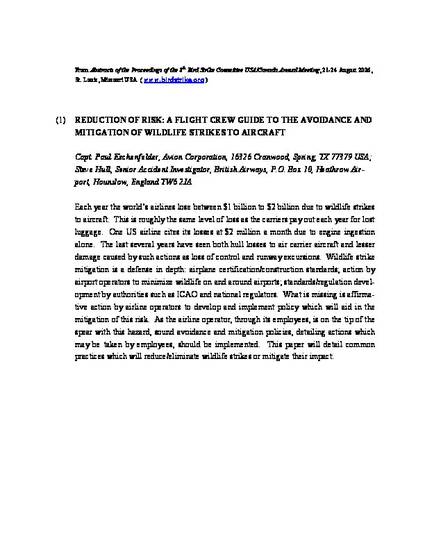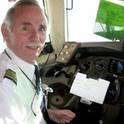
Each year the world’s airlines lose between $1 billion to $2 billion due to wildlife strikes to aircraft. This is roughly the same level of loss as the carriers pay out each year for lost luggage. One US airline cites its losses at $2 million a month due to engine ingestion alone. The last several years have seen both hull losses to air carrier aircraft and lesser damage caused by such actions as loss of control and runway excursions. Wildlife strike mitigation is a defense in depth: airplane certification/construction standards; action by airport operators to minimize wildlife on and around airports; standards/regulation development by authorities such as ICAO and national regulators. What is missing is affirmative action by airline operators to develop and implement policy which will aid in the mitigation of this risk. As the airline operator, through its employees, is on the tip of the spear with this hazard, sound avoidance and mitigation policies, detailing actions which may be taken by employees, should be implemented. This paper will detail common practices which will reduce/eliminate wildlife strikes or mitigate their impact.
Available at: http://works.bepress.com/paul_eschenfelder/11/
